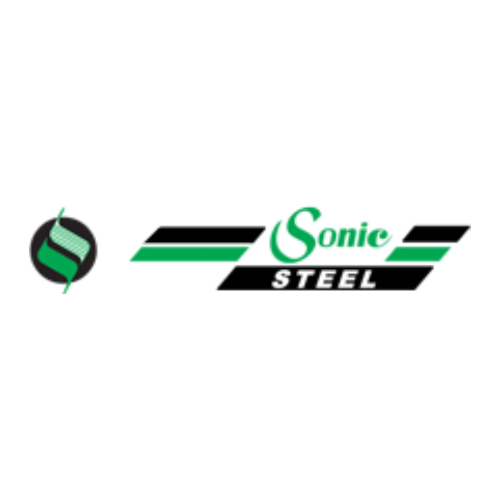In the world of industrial materials, few things offer the same level of versatility, durability, and reliability as stainless steel. Among its many forms, stainless steel strips stand out as a cornerstone for various applications across industries. From construction to manufacturing, its adaptability knows no bounds. In this comprehensive guide, we delve into the realm of stainless steel strips, exploring their myriad uses, manufacturing processes, and key players in the industry.
Understanding Stainless Steel Strips
Stainless steel strips are narrow, flat-rolled metal products characterized by their resistance to corrosion, high strength, and aesthetic appeal. They come in various grades, each tailored to specific applications based on factors such as corrosion resistance, temperature tolerance, and mechanical properties. Among the most commonly used grades are Stainless Steel 304, 310, 316, 347, and 904.
Applications Across Industries
The versatility of stainless steel strips makes them indispensable across a wide range of industries. In the construction sector, they find use in structural components, roofing, and cladding thanks to their corrosion resistance and structural integrity. In manufacturing, they are essential for fabricating machinery, automotive components, and household appliances.
Key Grades and Specifications
- Stainless Steel 304 Strip: Known for its excellent corrosion resistance and formability, SS 304 strips are widely used in food processing equipment, kitchen appliances, and architectural trim.
- Stainless Steel 310 Strips: With superior high-temperature strength, SS 310 strips are favored in furnace parts, heat exchangers, and other high-temperature applications.
- Stainless Steel 316 Strips: Renowned for its enhanced corrosion resistance, SS 316 strips are ideal for marine environments, chemical processing, and pharmaceutical equipment.
- Stainless Steel 347 Strips: Offering improved intergranular corrosion resistance, SS 347 strips are preferred for applications involving high temperatures and sensitization.
- 904 Stainless Steel Strips: Known for its high alloy content and corrosion resistance, 904 stainless steel strips are used in aggressive chemical environments and offshore oil platforms.
Manufacturing Processes
Stainless steel strips are produced primarily through hot rolling or cold rolling processes, each offering distinct advantages depending on the desired properties of the final product. Hot rolled stainless steel strips are characterized by a scaled surface and slightly rounded edges, making them suitable for applications where aesthetics are not a primary concern. Cold rolled stainless steel strips, on the other hand, exhibit a smoother surface finish and tighter dimensional tolerances, making them ideal for applications requiring precision and a polished appearance.
Key Players in the Industry
- Stainless Steel Strips Supplier/Manufacturer: Companies like [Insert Company Name] are leading suppliers and manufacturers of stainless steel strips, offering a comprehensive range of products tailored to meet the diverse needs of their clients.
- SS Strips Exporter: With a global presence and a commitment to quality, [Insert Company Name] serves as a trusted exporter of stainless steel strips to markets around the world, ensuring timely delivery and competitive pricing.
- Stockists and Distributors: Companies specializing in the stocking and distribution of hot rolled and cold rolled stainless steel strips play a vital role in ensuring the availability of these critical materials to industries worldwide.
Conclusion
Stainless steel strips represent the epitome of versatility and reliability in the realm of industrial materials. From their diverse range of grades to their myriad applications across industries, these narrow, flat-rolled metal products continue to play a pivotal role in shaping the world around us. As the demand for high-quality stainless steel strips continues to rise, so too does the importance of partnering with trusted suppliers, manufacturers, and exporters who can deliver on quality, reliability, and innovation.
In essence, stainless steel strips are not just strips of metal; they are the building blocks of modern industry, driving innovation, progress, and growth across the globe.





Comments